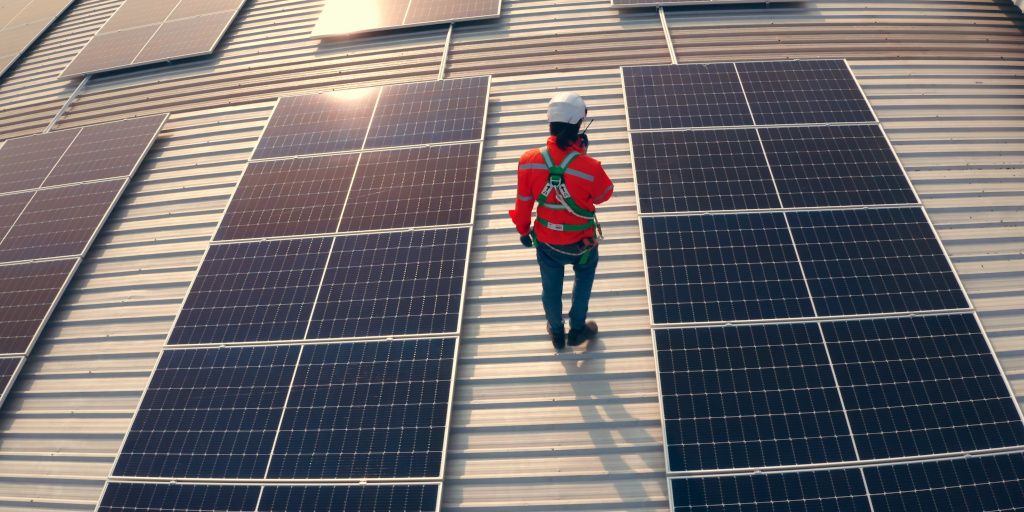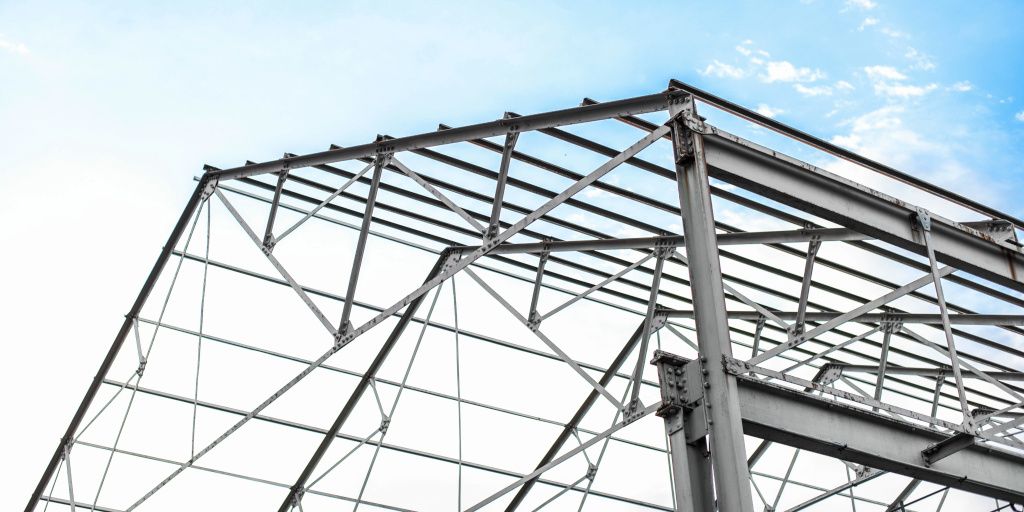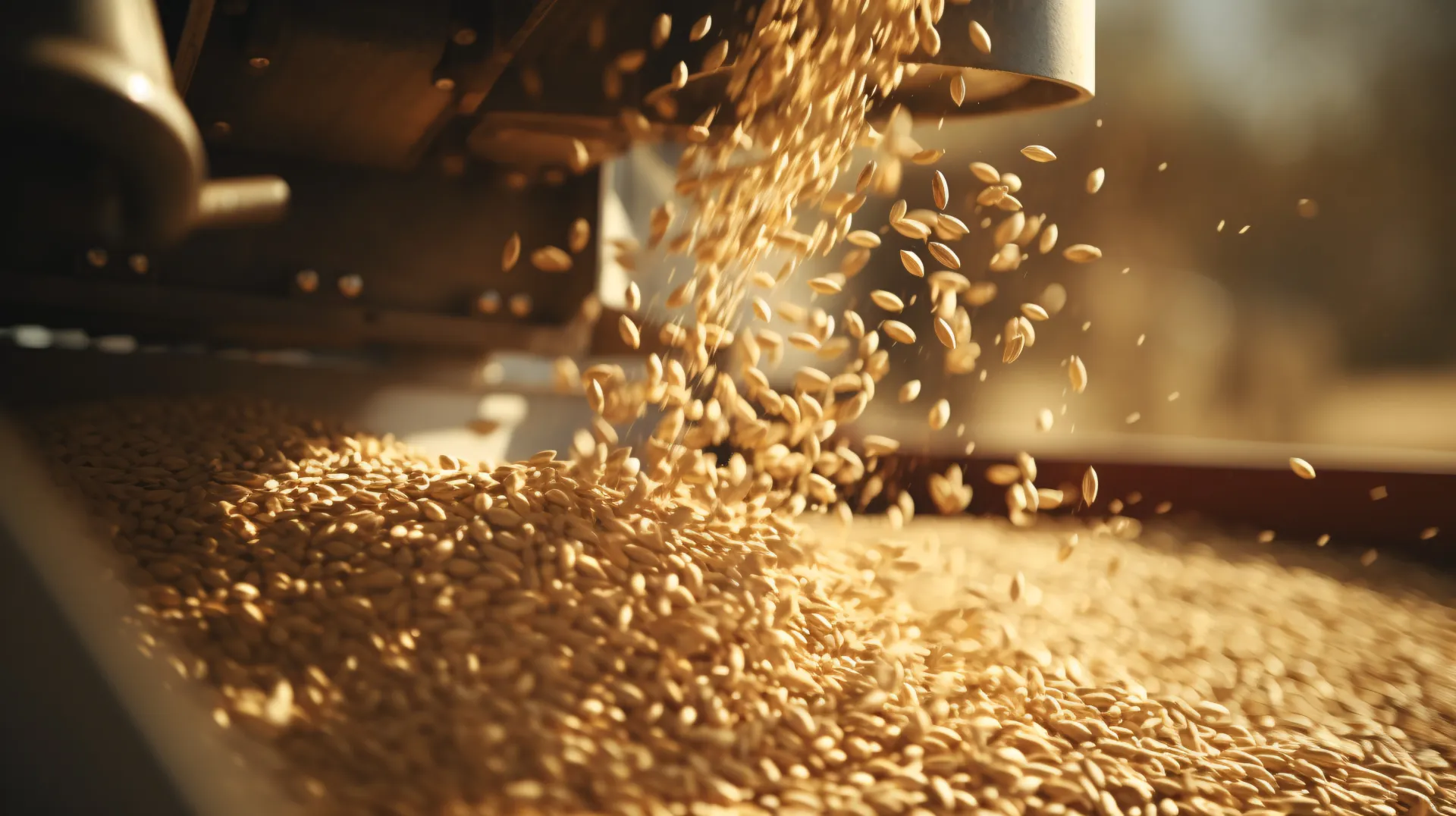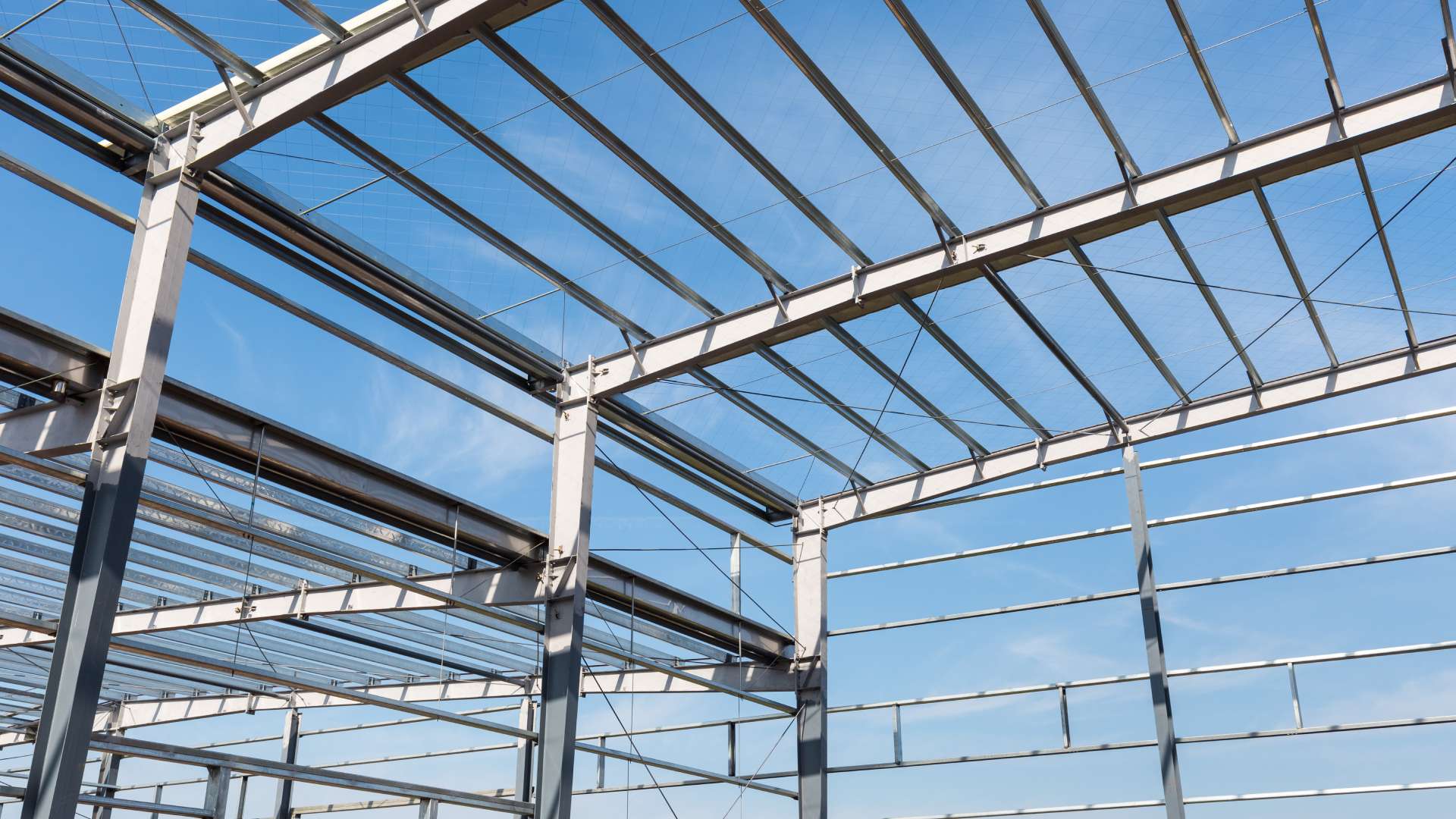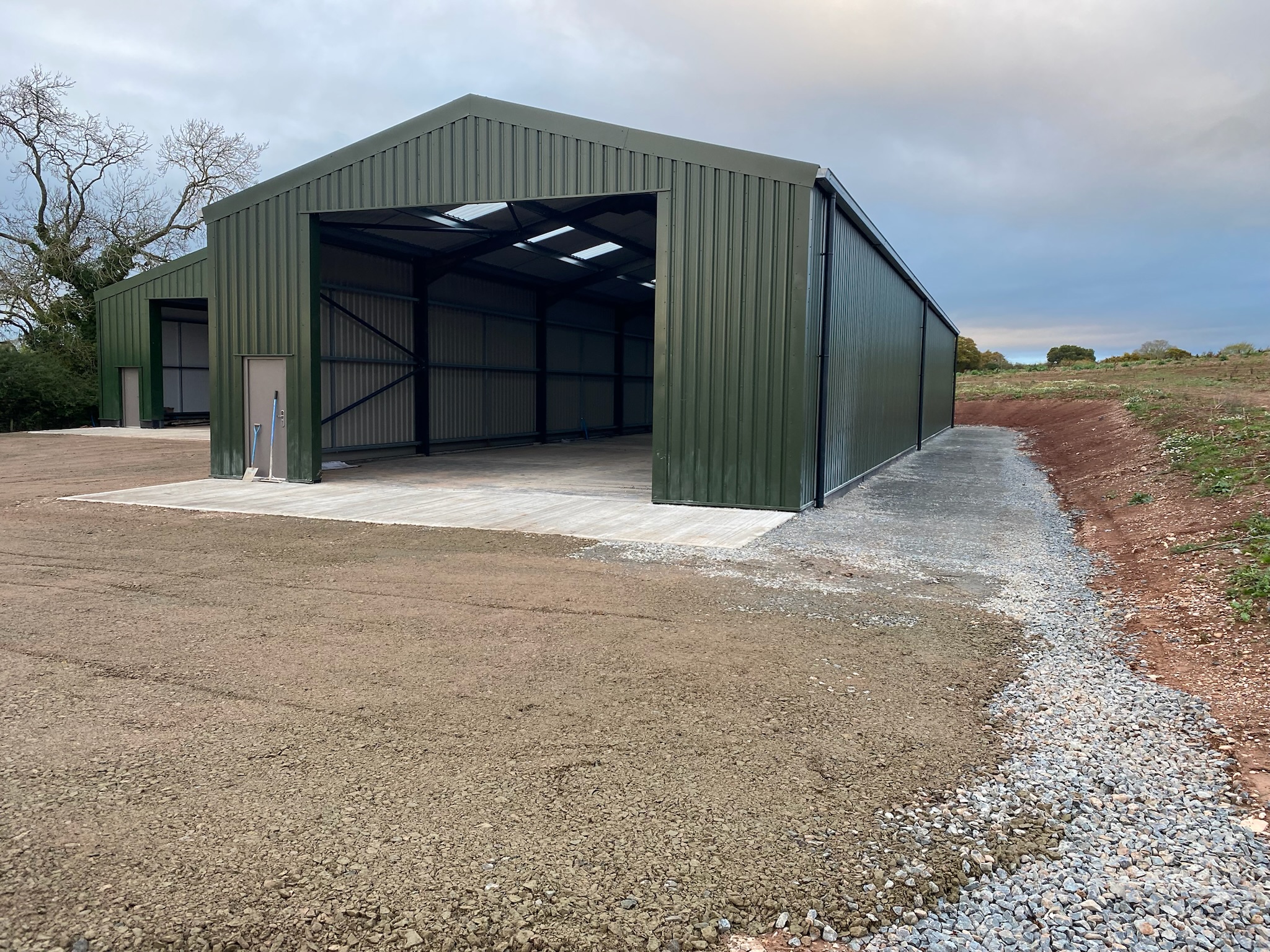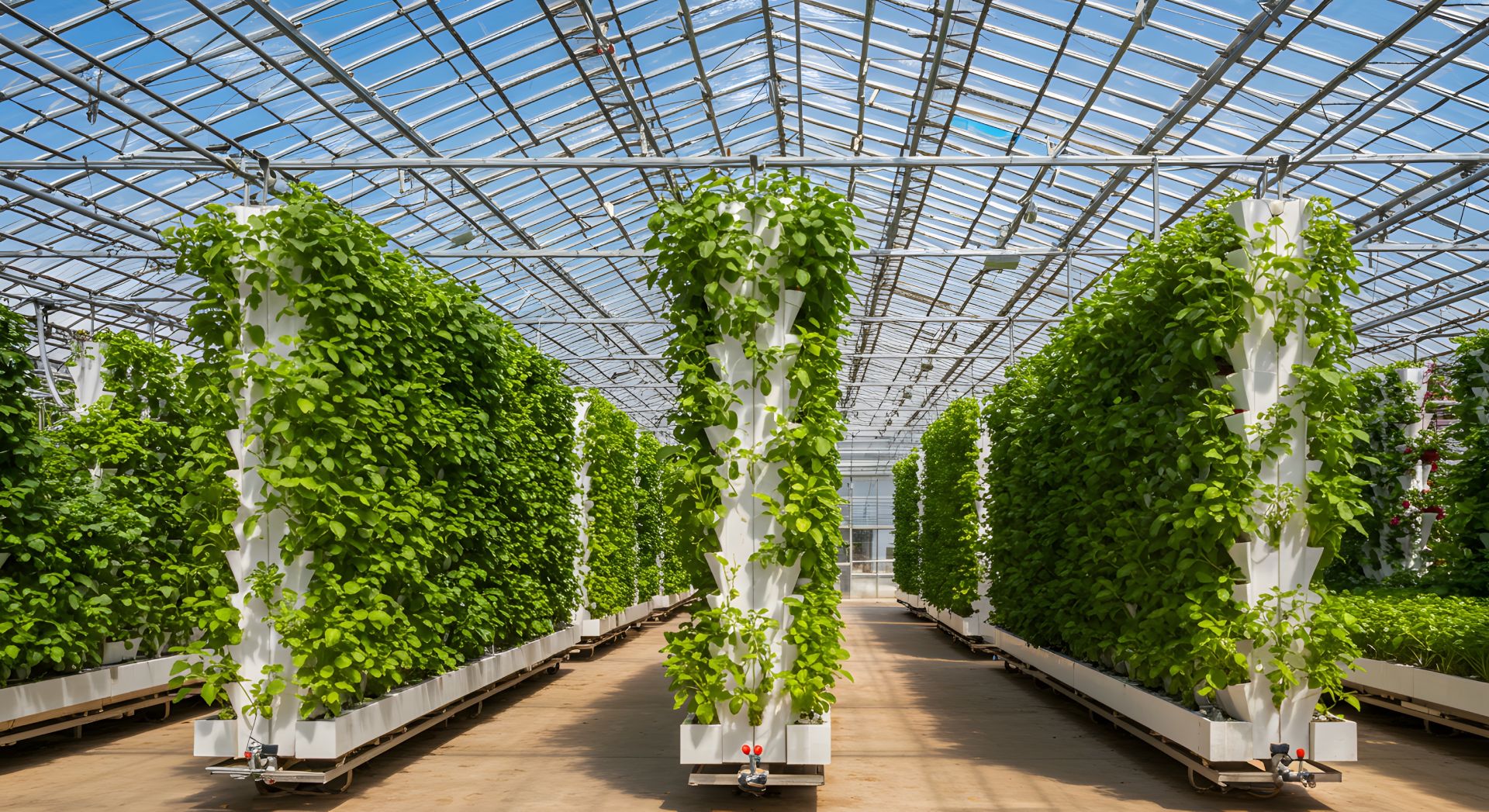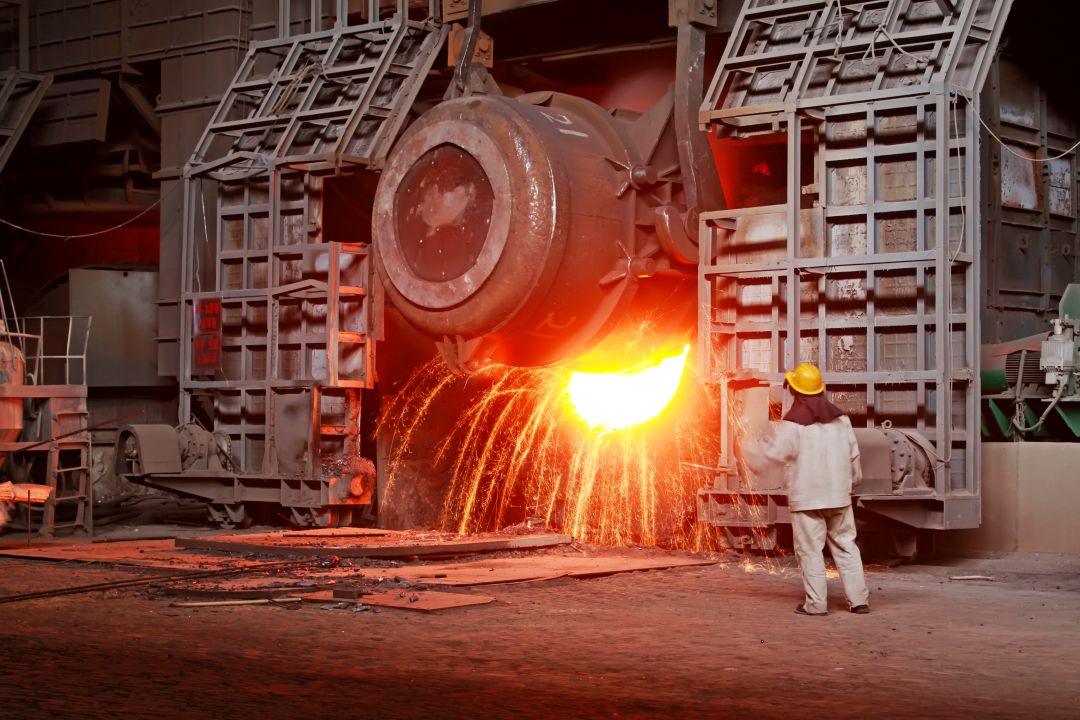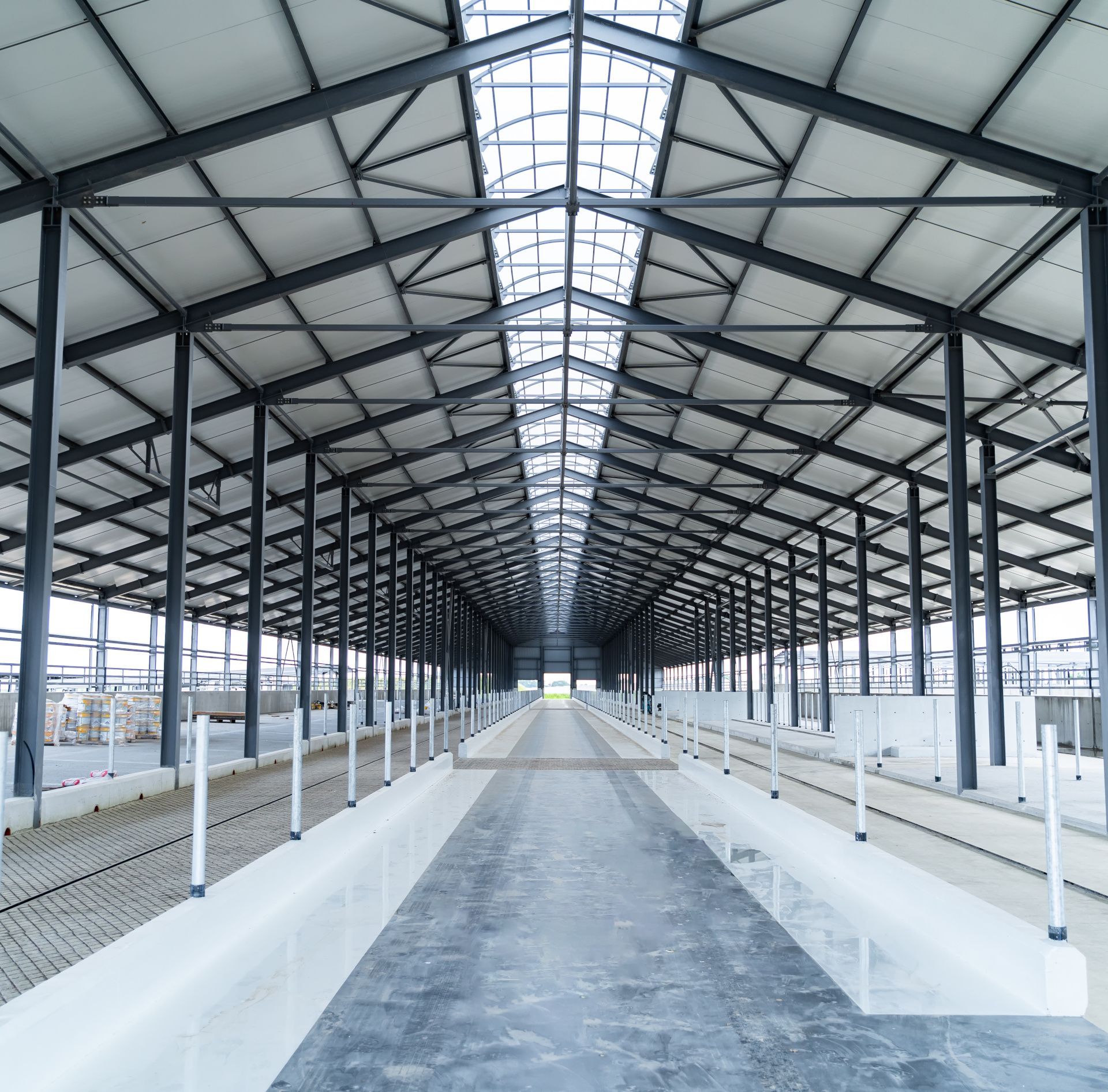When it comes to establishing or upgrading equestrian buildings, the choice of construction materials is paramount, not only for the immediate aesthetic and functional needs but also for long-term sustainability and cost-effectiveness.
Among the plethora of options available to builders and developers today, steel emerges as a frontrunner, offering a unique blend of durability, versatility, and cost efficiency that is unmatched by traditional materials.
This blog explores why steel is increasingly becoming the material of choice for equestrian facilities, shedding light on its various benefits that cater specifically to the needs of these specialised environments.
The selection of steel in constructing equestrian facilities marks a significant shift from conventional building practices, where wood and concrete were the norms.
This change is driven by a deeper understanding of the specific challenges and requirements of equestrian environments, including the need for spacious, safe, and comfortable accommodations for horses, and flexible spaces for training, competition, and care.
Steel’s intrinsic properties such as strength, malleability, and resistance to pests and decay make it ideally suited to meet and exceed these requirements, promising a new era of equestrian facility design and construction that prioritises both form and function.
Durability and Longevity
One of the foremost reasons steel stands out as the preferred material for equestrian facilities is its exceptional durability. Designed to withstand the rigours of daily equine activities and the harshness of environmental elements, steel structures offer a longevity that far surpasses that of traditional building materials.
This resilience against wear and tear ensures that facilities remain safe and operational for longer periods, reducing the need for frequent repairs and maintenance.
Moreover, steel’s resistance to fire, pests, and rot contributes to a safer environment for both the horses and their caretakers, thereby enhancing the overall longevity of the investment.
The long-term financial benefits of this durability cannot be overstated. While the upfront cost of constructing with steel may be on par with or slightly higher than other materials, the reduced need for maintenance and the minimal degradation over time translate to significant savings.
This economic efficiency, coupled with the longevity of steel structures, makes it an economically sound choice for equestrian facility projects, where the focus is not just on creating a space but on sustaining a legacy.
Flexibility in Design
Steel’s flexibility in design is another compelling reason for its preference for equestrian facility construction. Unlike traditional materials that often impose limitations on architectural creativity, steel allows for a broad spectrum of design possibilities.
This flexibility enables architects and builders to create spaces that are not only functional but also aesthetically pleasing, tailored to the specific needs and preferences of facility owners and users.
From large, clear-span arenas that provide ample space for riding and training, to complex stable layouts that optimise comfort and efficiency, steel makes it possible to bring the most ambitious designs to life.
Moreover, the adaptability of steel supports the evolving needs of equestrian facilities. As the requirements of the facility grow or change over time, steel structures can be easily modified, expanded, or reconfigured, ensuring that the facility remains aligned with its users’ needs.
This level of design flexibility extends the utility and relevance of equestrian facilities, making steel an invaluable asset in the dynamic world of equestrian sports and care.
Cost-Effectiveness
The economic advantages of using steel in equestrian facility construction extend beyond its durability. The initial construction phase benefits from steel’s cost-effectiveness, owing to its prefabrication capabilities.
Prefabricated steel components can be manufactured to precise specifications in a controlled factory environment, ensuring quality while reducing waste.
This prefabrication process not only speeds up the construction timeline, allowing facilities to become operational sooner but also translates to direct cost savings by minimising on-site labour and material surplus.
In the longer term, the reduced maintenance requirements of steel structures continue to add to their cost-effectiveness.
Unlike wood or concrete, which may require regular treatment or repair to maintain their integrity and appearance, steel’s resilience against environmental factors means that the ongoing upkeep costs are substantially lower.
These savings, compounded over the lifespan of the facility, make steel an economically advantageous choice for equestrian centres, contributing to their financial sustainability and allowing more resources to be allocated to other critical areas of operation.
Safety and Comfort
The safety and comfort of horses and humans are paramount in the design and operation of equestrian facilities. Steel construction offers superior options for ensuring a safe and comfortable environment.
Its structural strength provides a secure framework resistant to extreme weather conditions, while its versatility supports the integration of essential safety features, such as fire-resistant materials and emergency exits.
Additionally, steel’s compatibility with various insulation and ventilation systems ensures that facilities can maintain optimal conditions for the health and comfort of the horses, reducing stress and promoting well-being.
Moreover, steel’s ability to support large, open spaces without the need for internal columns or supports enhances the usability and safety of indoor arenas and training areas.
This architectural freedom not only improves the aesthetic and functional aspects of these spaces but also minimises the risk of injury to horses and riders, further underscoring optimal environmental conditions.
This holistic approach to design, prioritising the physical and psychological well-being of the facility’s inhabitants, underscores Steel’s superiority in creating environments that are not only functional but also nurturing and safe.
Adaptability to Technological Advances
The adaptability of steel structures to incorporate technological advancements makes them particularly suited to modern equestrian facilities.
As the equestrian industry evolves, so too do the technologies that support horse care, training, and facility management. Steel’s versatility facilitates the easy integration of new technologies, from advanced climate control systems ensuring optimal conditions year-round, to security and monitoring systems that enhance the safety and management of the facilities.
This capability to adapt and evolve with technological progress ensures that steel-constructed equestrian facilities remain at the forefront of industry standards, offering state-of-the-art solutions that improve the efficiency and effectiveness of equestrian operations.
Furthermore, this adaptability extends to environmental sustainability practices.
Steel’s inherent recyclability, combined with the potential for incorporating energy-efficient designs and renewable energy sources, positions steel buildings as leaders in the push towards more sustainable construction practices within the equestrian community.
By facilitating the integration of solar panels, rainwater harvesting systems, and other green technologies, steel buildings contribute to reducing the environmental footprint of equestrian facilities, aligning with broader environmental conservation goals and ensuring that these facilities can operate more sustainably and responsibly.
Conclusion
Steel’s prominence as the material of choice for equestrian facilities is no coincidence. Its unmatched durability and longevity ensure that facilities are built to last, withstanding the rigours of equestrian activities and the tests of time.
The design flexibility that steel offers allows for the creation of spaces that are not only functional but also visually appealing and tailored to the unique needs of each facility.
Economic considerations, too, favour steel, with its cost-effectiveness in both the short and long term presenting a compelling argument for its selection.
But beyond the practical and financial benefits, the choice of steel reflects a commitment to the safety, comfort, and well-being of the horses and humans who inhabit these spaces.
Coupled with its adaptability to technological advances and environmental sustainability efforts, steel stands unrivalled as a building material that meets the demands of contemporary equestrian facility construction.
As we look to the future of equestrian sports and recreation, steel’s role in shaping this landscape remains indispensable, promising facilities that not only serve their immediate purpose but also contribute to the legacy and progression of the equestrian tradition.

